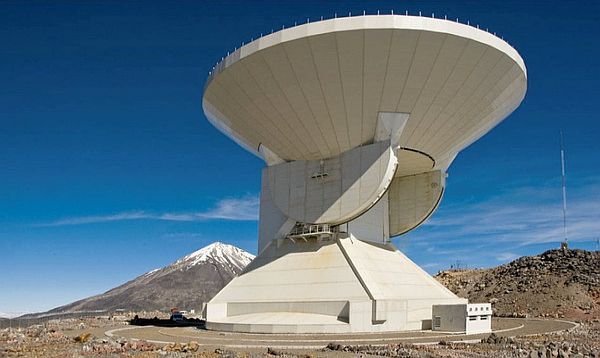Volcan de Sierra Negra, Mexico - Perched on the summit of a dormant volcano in central Mexico, the Large Millimeter Telescope will soon begin scanning the heavens with unprecedented precision. Work on the LTM began in 1997 and the telescope is set to become operational May 1st.
Mexico's National Institute of Astrophysics, Optics, and Electronics, or INAOE, and the University of Massachusetts have invested $128 million in building the installation atop Volcan de Sierra Negra, 15,000 feet above sea level.
"Sierra Negra is important for its altitude, because at the summit of such a large volcano very little water exists in the atmosphere, so there is a greater sensitivity in comparison with other telescopes in lower locations," LTM director David Hughes said.
The telescope stands 180 feet tall and weighs 2,600 tons. "It's an instrument of very high precision with a wavelength of 0.8 millimeters, so it is capable of capturing cosmic dust," INAOE chief Alberto Carramiņana said. "With this we seek to do science of international relevance, to observe phenomena that have not been observed previously."
The project gives Mexico "an instrument that allow it to carry out pioneering scientific research," he said.


